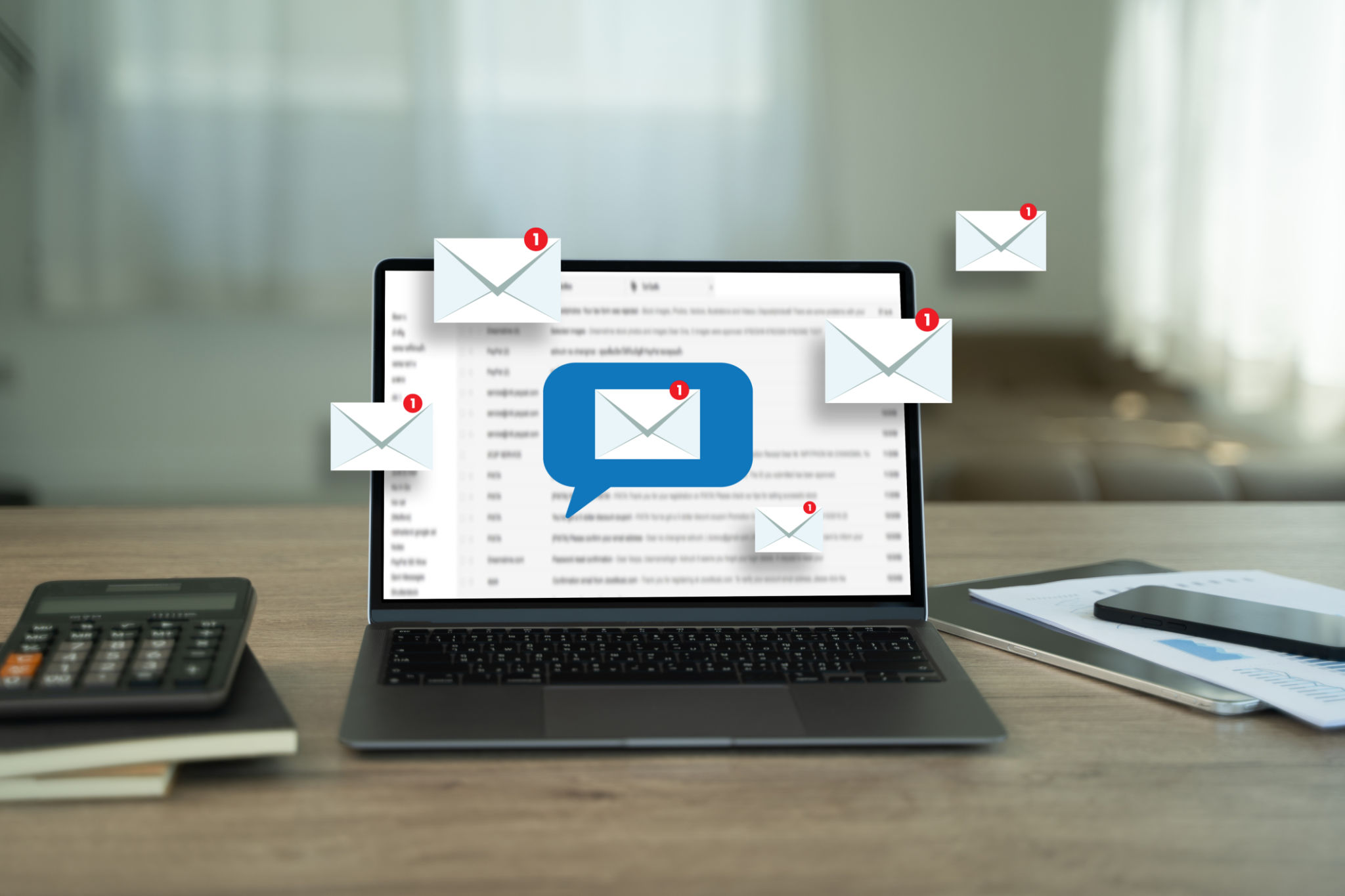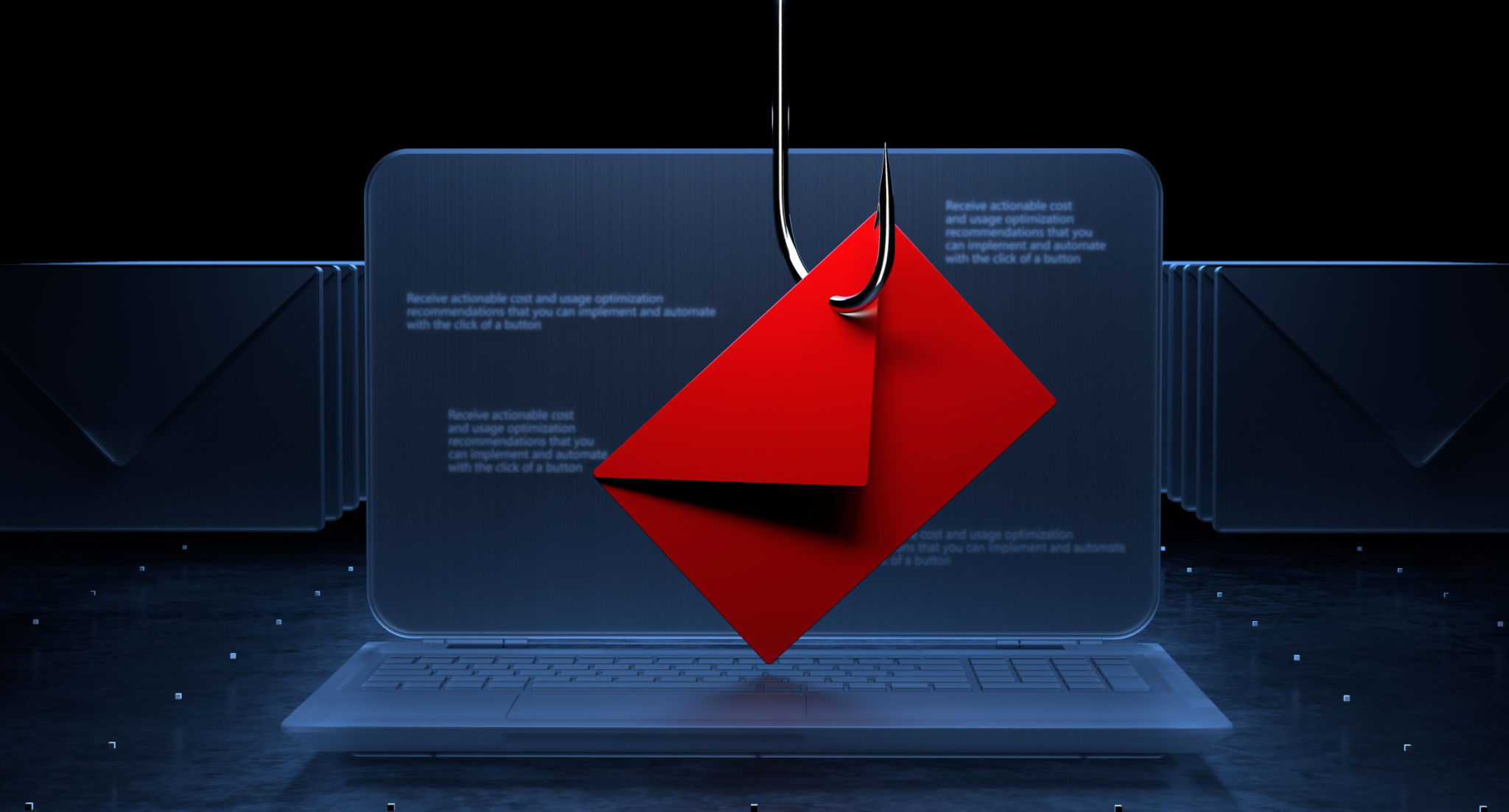Maximizing Inbox Placement: A Comprehensive Guide
Understanding Inbox Placement
In the world of email marketing, getting your message into the inbox is often the first hurdle. Maximizing inbox placement can significantly impact your email campaign's success. The inbox placement rate (IPR) is a measure of how many emails actually reach a recipient's inbox as opposed to their spam folder. Understanding and optimizing your IPR is crucial for effective communication with your audience.

Factors Affecting Inbox Placement
Several factors influence whether your email lands in an inbox or a spam folder. These include your sender reputation, email content quality, and recipient engagement levels. A good sender reputation is built over time by consistently sending relevant and non-spammy emails. Email content should be well-crafted and personalized to avoid triggering spam filters, while high engagement from recipients signals to email providers that your messages are wanted.
Improving Sender Reputation
Your sender reputation is akin to a credit score; it determines how trustworthy you are perceived by email servers. To improve this, ensure you maintain good sending practices such as using a consistent 'From' name and email address, authenticating your emails with SPF, DKIM, and DMARC, and regularly cleaning your mailing list to remove unengaged users. Additionally, avoid using spammy language or excessive punctuation in your subject lines.

Crafting Quality Email Content
The content of your email plays a vital role in inbox placement. Avoiding spammy elements and creating value-driven content can enhance deliverability. Ensure that your emails are concise, relevant, and personalized. Use clear calls to action and avoid excessive use of images or links, which can trigger spam filters. Furthermore, segmenting your audience allows you to tailor content specifically to their interests, increasing engagement rates.
Engaging Your Audience
Engagement is a significant factor in inbox placement. High engagement rates indicate to email providers that your emails are valued by recipients. To boost engagement, focus on creating compelling subject lines and providing valuable content that encourages interaction. Encourage recipients to add you to their contact list to ensure future emails are delivered directly to their inbox. Regularly analyze open and click-through rates to understand what resonates with your audience.

Monitoring and Analysis
Regular monitoring and analysis of your email campaigns are essential for optimizing inbox placement. Use analytics tools to track delivery rates, open rates, and click-through rates. This data provides insights into what is working and what needs improvement. Pay attention to any sudden drops in performance as they can indicate deliverability issues that need addressing.
Best Practices for Consistent Inbox Placement
Adopting best practices ensures that your emails consistently reach the inbox. These include regularly updating your email lists, segmenting your audience for targeted content, and testing different elements such as subject lines and send times. Additionally, always provide a clear unsubscribe option to maintain a healthy list of engaged subscribers.
By focusing on these strategies and continuously optimizing your approach, you can maximize your inbox placement rate and achieve greater success with your email marketing campaigns.